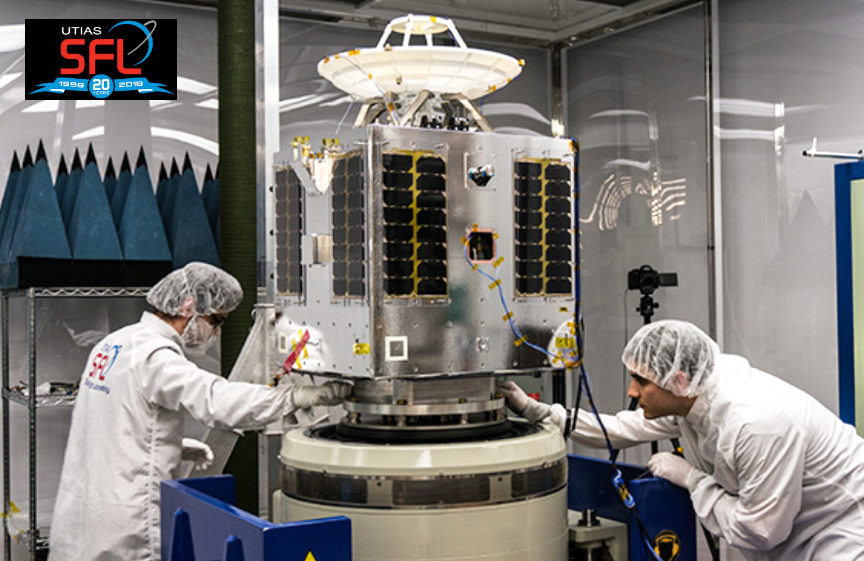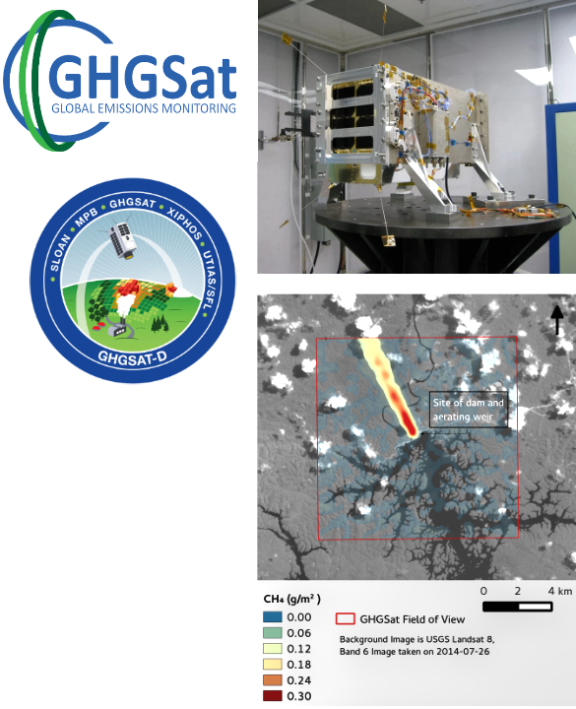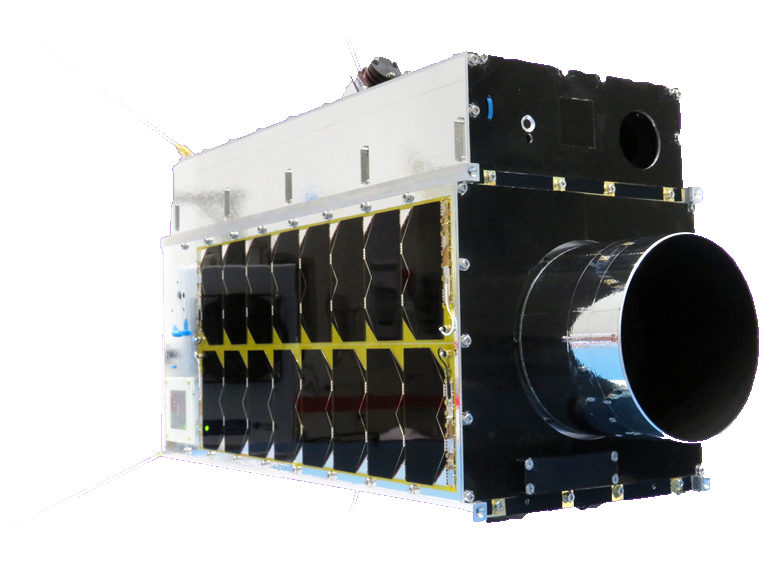
Space Flight Laboratory (SFL) has been awarded a contract by GHGSat to build the next three smallsats in its commercial greenhouse gas monitoring constellation.
Greenhouse gas emissions detected and measured by the satellites are processed into emission reports and other products by GHGSat on behalf of a broad range of customers, including energy facilities, government agencies, and environmental organizations.

SFL built the pathfinding GHGSat-D (Claire) smallsat launched in 2016 and then was awarded the contract by GHGSat Inc. to develop the first two commercial service satellites, GHGSat-C1 (Iris) and C2 (Hugo). Iris was launched in September 2020, and Hugo is slated for launch late this year. These satellites were all developed on the SFL 15-kilogram Next-generation Earth Monitoring and Observation (NEMO) smallsat platform, as will be the case for the next three.
In just two months since its launch, GHGSat-C1 has achieved remarkable results detecting small methane emissions from point sources on the ground. In one test area, the satellite pinpointed five separate methane emissions, two of which were smaller than 220 kg/hr, a notable performance improvement on GHGSat’s demonstration satellite (Claire).

GHGSat-C1’s ability to detect and measure small point sources of greenhouse gas emissions is due in part to the precise attitude control and target tracking capability of the SFL NEMO bus. Rare among satellite platforms of this size and relatively low cost, precise pointing of the onboard sensor is made possible by an accurate and stable platform – an important factor in SFL’s selection to build the GHGSat microsatellites.
Executive Comment
“SFL has proven their technical expertise with our first two satellites. We are looking forward to this next phase of our partnership to support the growth of GHGSat’s constellation,” said Stephane Germain, CEO of GHGSat.
“SFL congratulates GHGSat on its success in providing commercial greenhouse gas monitoring services from space,” said SFL Director, Dr. Robert E. Zee. “This contract highlights GHGSat’s need to expand data collection capacity to meet the growing demand for its valuable services. We have a very mature, well-developed, and high-performance attitude control system that can handle various maneuvers and pointing modes with relative ease. We fine-tuned the attitude control required for GHGSat-C1 by leveraging the results from the GHGSat-D demonstration mission, and we will make continued advancements in the next GHGSat constellation.”
Established at the University of Toronto Institute for Aerospace Studies (UTIAS) in 1998, SFL has developed CubeSats, nanosatellites, and microsatellites that have achieved more than 128 cumulative years of operation in orbit. These microspace missions have included SFL’s trusted attitude control and, in some cases, formation-flying capabilities. Other core SFL-developed components include modular (scalable) power systems, onboard radios, flight computers, and control software. SFL’s heritage of on-orbit successes includes missions related to Earth observation, atmospheric monitoring, ship tracking and communication, radio frequency signal geolocation, technology demonstration, space astronomy, solar physics, space plasma, and other scientific research.
